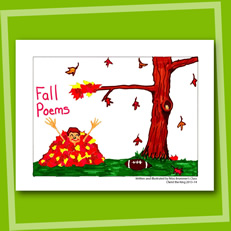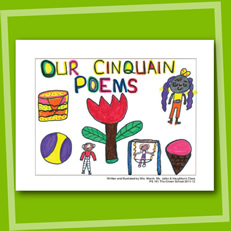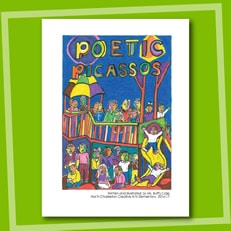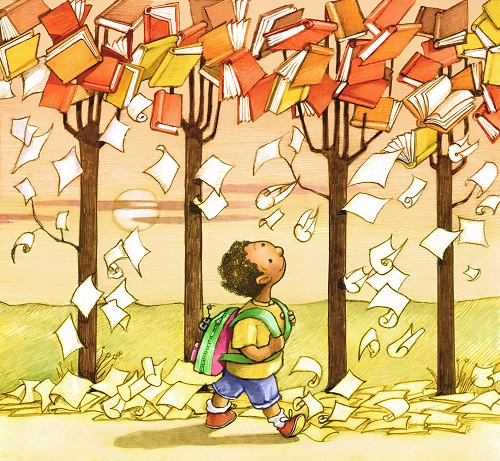
Poetry opens the doors to literacy by providing young children with short lines and simple phrases to help introduce them to reading. I know I still remember reading Jack Prelutsky with my mother before bed; a battered copy of The Dragons are Singing Tonight still inhabits a special spot on my favorite bookshelf. Even students who have never read poetry outside of the classroom have at least heard it put to music in the form of their favorite songs on the radio, not to mention countless lullabies and nursery rhymes from their toddler years.
Now, it’s your students’ turn to publish some of their own poetry. But where to begin? The following writing prompts offer a little inspiration to help get your 4th graders’ pens moving and their gears turning, along with a few project ideas to help make your lesson plans even more engaging and memorable.
Prompt #1: “Write a rhyming poem about your favorite season.”
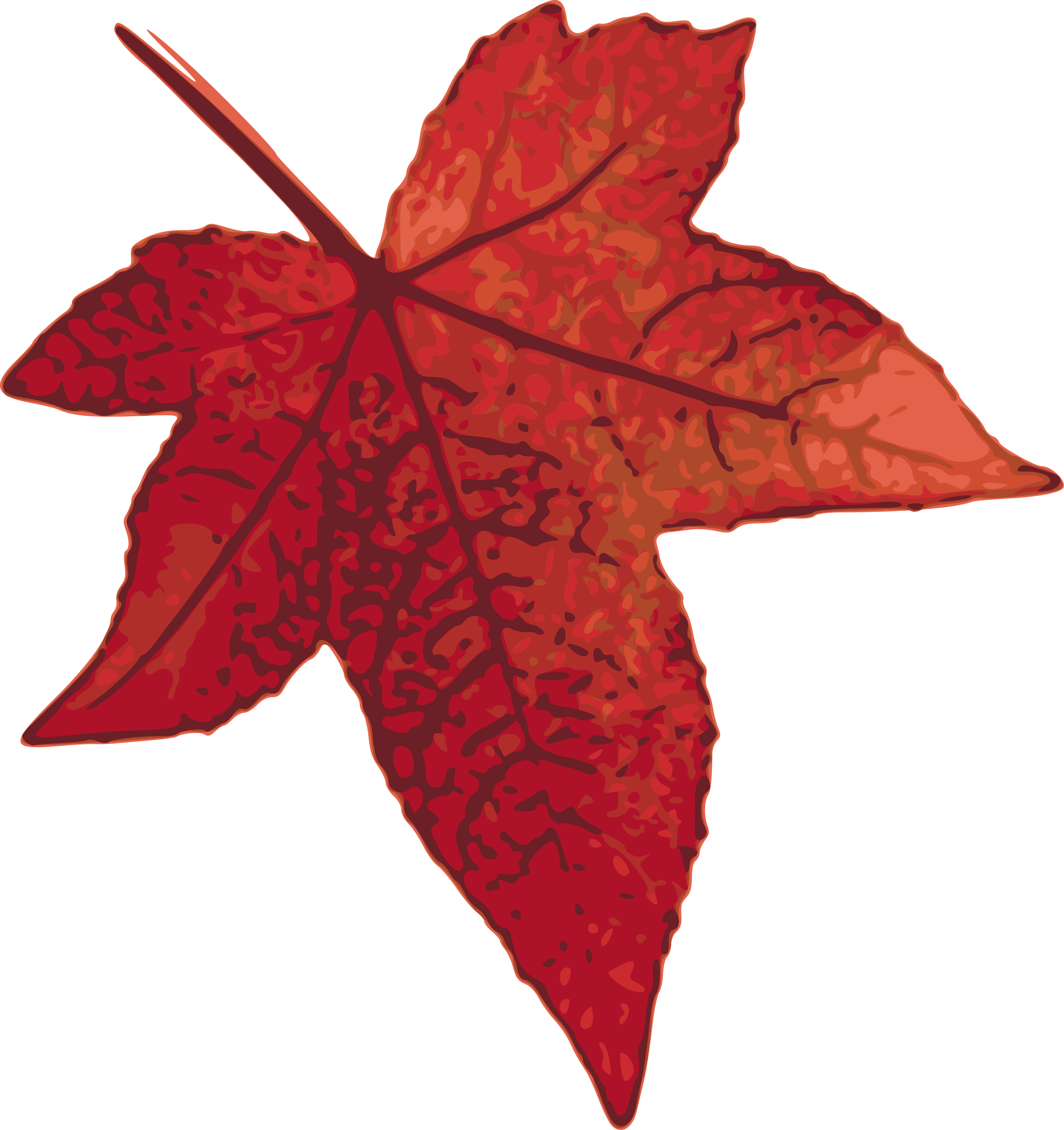 Rhymes are usually the first thing that comes to mind when someone mentions poetry. The musical quality of rhyming scheme makes poetry easier to remember and can provide the perfect means of easing young poets-in-training into concepts like structure and cadence.
Rhymes are usually the first thing that comes to mind when someone mentions poetry. The musical quality of rhyming scheme makes poetry easier to remember and can provide the perfect means of easing young poets-in-training into concepts like structure and cadence.
PROJECT IDEA
Miss Brummer’s class chose an autumn theme for their take on this prompt. Titled simply, Fall Poems, their classbook explores both AA BB and AB AB rhyme schemes as well as a variety of fall-related topics, including Halloween costumes, football games and Thanksgiving dinner.
Prompt #2: “Describe an everyday object in detail using a cinquain.”
 This poetry prompt offers a different take on teaching poetic structure to your 4th graders, focusing on a specific length rather than a rhyme scheme while simultaneously reviewing grammar basics. In particular, these poems will help them dig deeper into parts of speech and how they fit together. While formal cinquains require a certain number of syllables per line as well as a set number of lines (five total), for the purposes of this prompt, it’s best to be a little flexible and instead require simply a set number of particular parts of speech per line instead. Begin by providing your students with a simple writing strategy, such as a graphic organizer or worksheet, to help plan out the elements they’ll need to cover in their cinquains. Specifically, they’ll need:
This poetry prompt offers a different take on teaching poetic structure to your 4th graders, focusing on a specific length rather than a rhyme scheme while simultaneously reviewing grammar basics. In particular, these poems will help them dig deeper into parts of speech and how they fit together. While formal cinquains require a certain number of syllables per line as well as a set number of lines (five total), for the purposes of this prompt, it’s best to be a little flexible and instead require simply a set number of particular parts of speech per line instead. Begin by providing your students with a simple writing strategy, such as a graphic organizer or worksheet, to help plan out the elements they’ll need to cover in their cinquains. Specifically, they’ll need:
- One noun for the first line
- Two adjectives for the second line
- Three verbs ending in -ing for the third line
- One phrase for the fourth line
- One noun (synonymous with the first noun) for the fifth and final line
Once they’ve assembled these elements, they just need to figure out how to fit them together in the form of a poem in order to create their cinquains. It’s a fairly straightforward lesson plan—one that’s perfect for both introducing fledgling writers to poetry as well as reviewing grammar and structure for more advanced authors.
Mother Nature has long been a generous muse for aspiring poets around the world. Take a page out of Robert Frost’s book with this prompt and ask your students to write a brief rhyming poem about their favorite season to get a little descriptive writing practice in while teaching them the basics of poetic structure.
PROJECT IDEA
For this classbook project, a class from The Crown School teamed up to create and publish a collection of cinquain poems about everything from roses to cereal to each other.
Prompt #3: “Write a poem about the person you know best—you.”
 This introspective poetry prompt gives your 4th graders a chance to explore their own sense of selves through a new lense. Instead of the usual letters of introduction or other more autobiographical assignments, this prompt asks your students to consider who they are in this moment, as they’re writing this poem, to create a self-portrait with words instead of paint. What makes them who they are? What characteristics stand out the most?
This introspective poetry prompt gives your 4th graders a chance to explore their own sense of selves through a new lense. Instead of the usual letters of introduction or other more autobiographical assignments, this prompt asks your students to consider who they are in this moment, as they’re writing this poem, to create a self-portrait with words instead of paint. What makes them who they are? What characteristics stand out the most?
Free verse is perhaps the best form of poetry to use for this prompt, as it gives your students free reign to dig deeper into their own sense of identity and really get creative. With a little encouragement from you, they won’t just learn something new about writing—they’ll learn something new about themselves, too.
PROJECT IDEA
For this beautiful classbook “dedicated to everyone who loves art,” Ms. Buff’s class combined their poetry with self-portrait illustrations in the style of Picasso to create a one-of-a-kind project they’ll treasure for years to come.
Publishing Your 4th Grade Poets
The next step after teaching your 4th graders how to write poetry is showing them how to share it. By helping them publish their work, you’ll be inspiring them to believe in their own writing and, just as importantly, to keep writing. Even if they don’t grow up to be the next Dr. Seuss or Shel Silverstein, seeing their work in print will serve as a reminder through the years of their own creative potential and what they are capable of. Moreover, the lessons that writing and publishing their own poetry will teach them will last them a lifetime, even if they only ever wax poetic in the classroom. As Gustave Flaubert once wrote, “There is not a particle of life which does not bear poetry within it.”
For more free creative writing resources for both poetry and prose assignments, check out our online teacher’s lounge, and be sure to sign up for your free publishing kit!
Image sources: Lead image via Shutterstock user iofoto; Images 1, 2, 3 via OpenClipart.org






